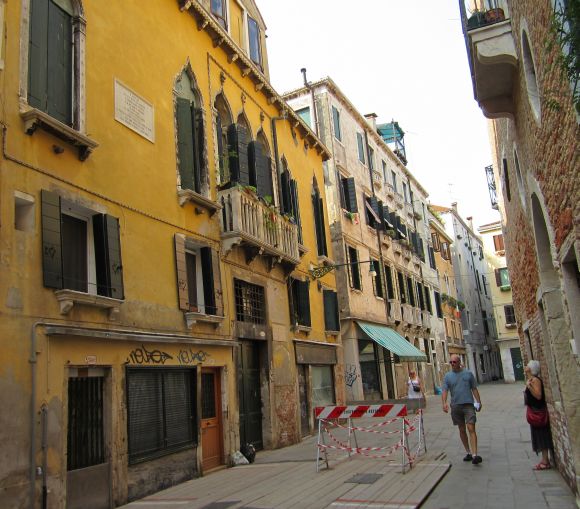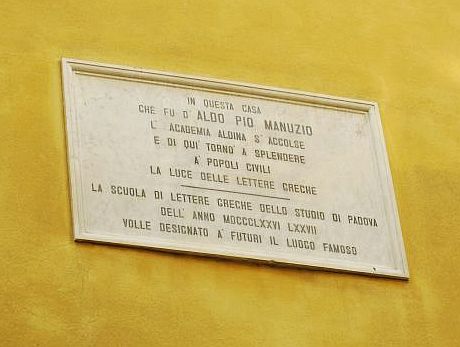

As all the world knows, Venice used to be one of the most important cities in Europe for printing — books, music, heretical works banned by the Catholic church. Even in the last century there were still 20 printing presses in Venice.
If one were to want to know more, it’s pretty much enough just to read the story of Aldus Manutius (Aldo Manuzio, in Italian), who singlehandedly midwifed the Renaissance by printing (and translating) many of the Greek classics which survived antiquity, few as they are. Do I exaggerate? It’s thanks to him we non-Greek-speaking people can read Aristotle, Thucydides, Sophocles, Herodotus, Xenophon, Euripides, Demosthenes….
He also invented the pocket-sized book, and italic letters. You see how many things we take for granted?
But this is not a post about Aldus. It’s about Antonio Gardano and Johannes Buglhat and their big battle of the woodcuts.
They were part of the brigades of other excellent printers hard at work in the 15th and 16th centuries, and these printers were not all drinking buddies. Being merchants, they had to keep a sharp eye on their competitors. Sometimes very sharp eyes.
A friend has sent me an article by David Plylar, from the Library of Congress blog, which deals with the woodcut slanging between the aforementioned publishers.
Rather than reprint it here, the author has suggested that I only give the link. I myself think it’s pretty funny. But you decide.

